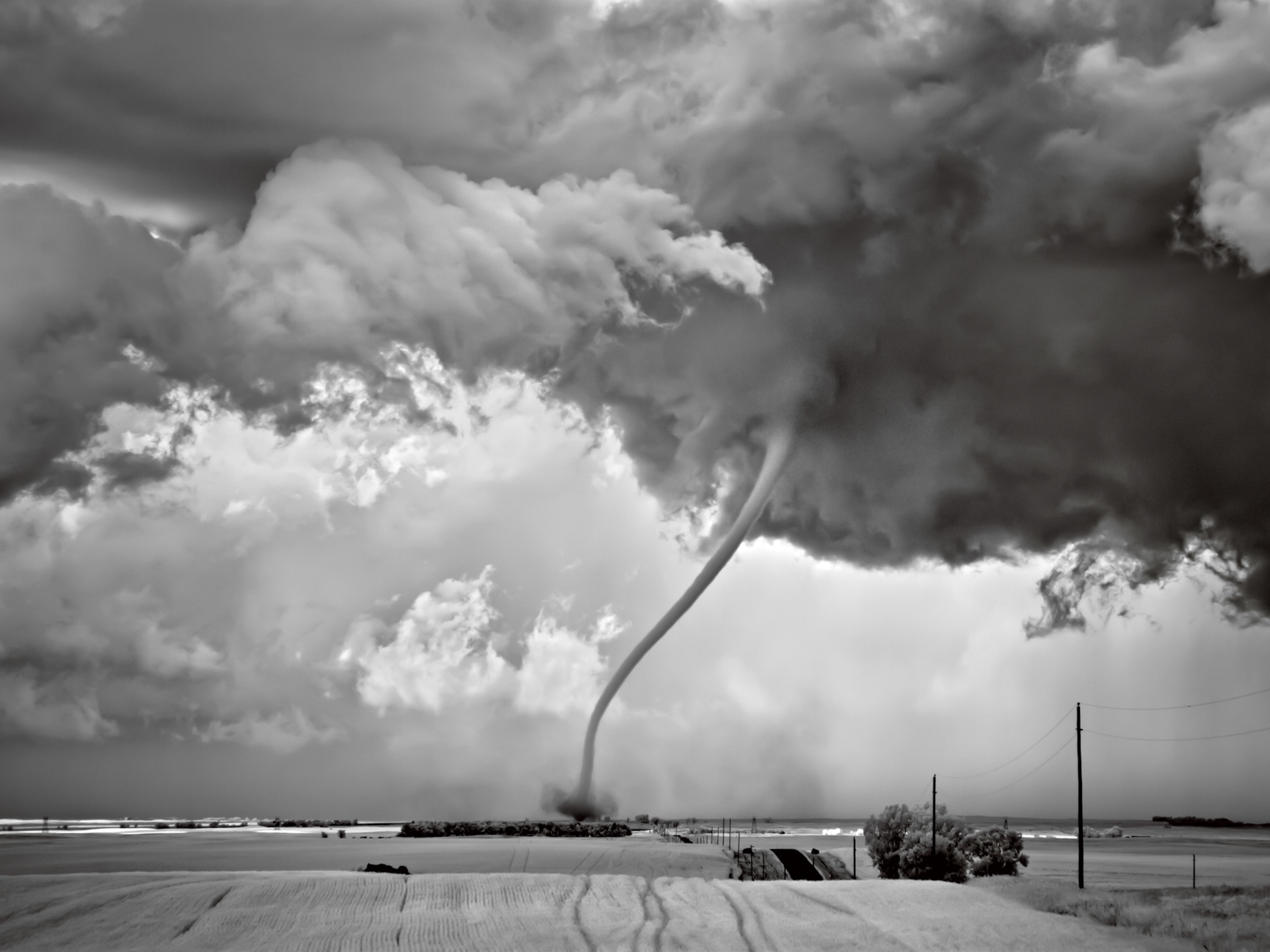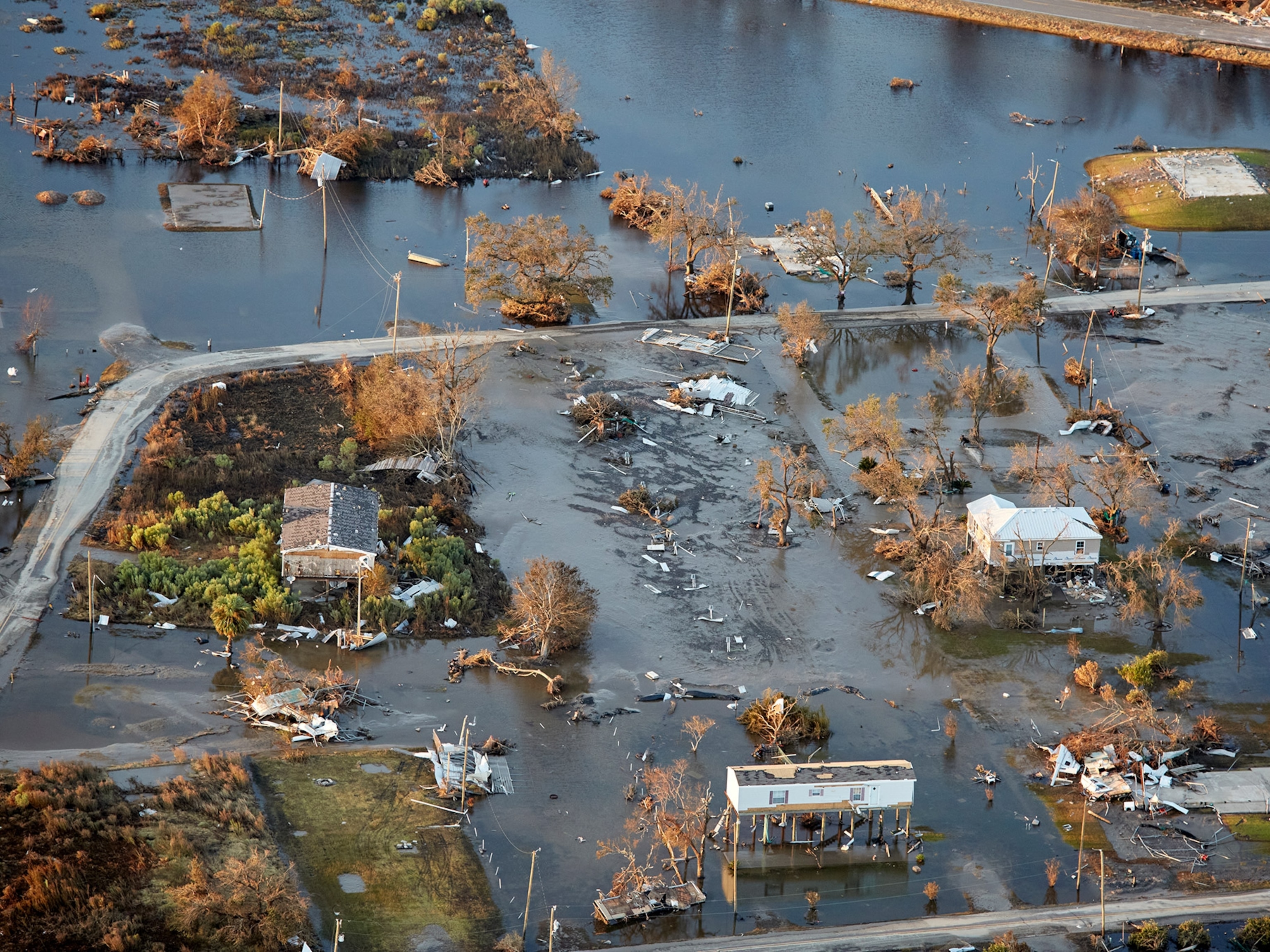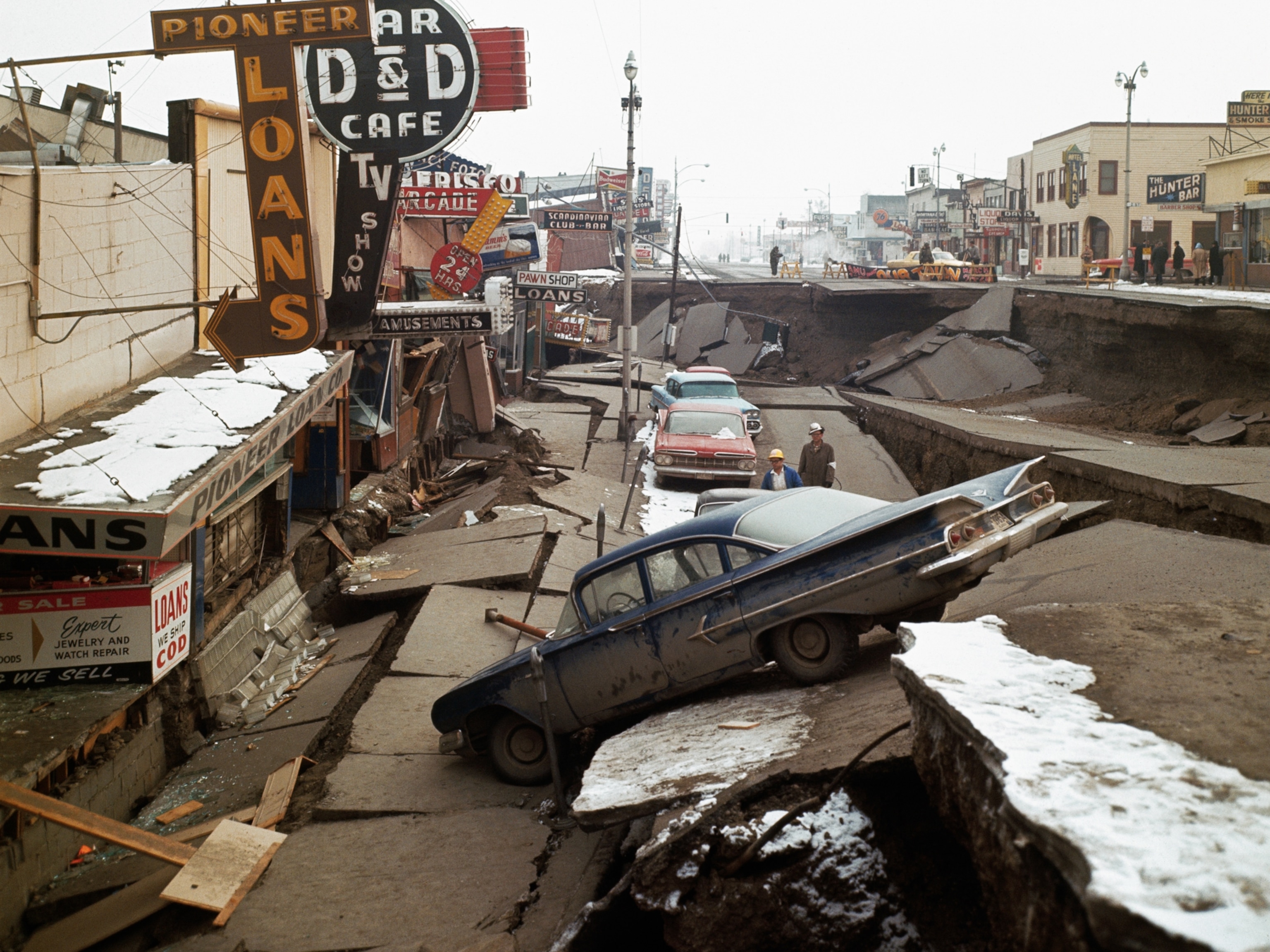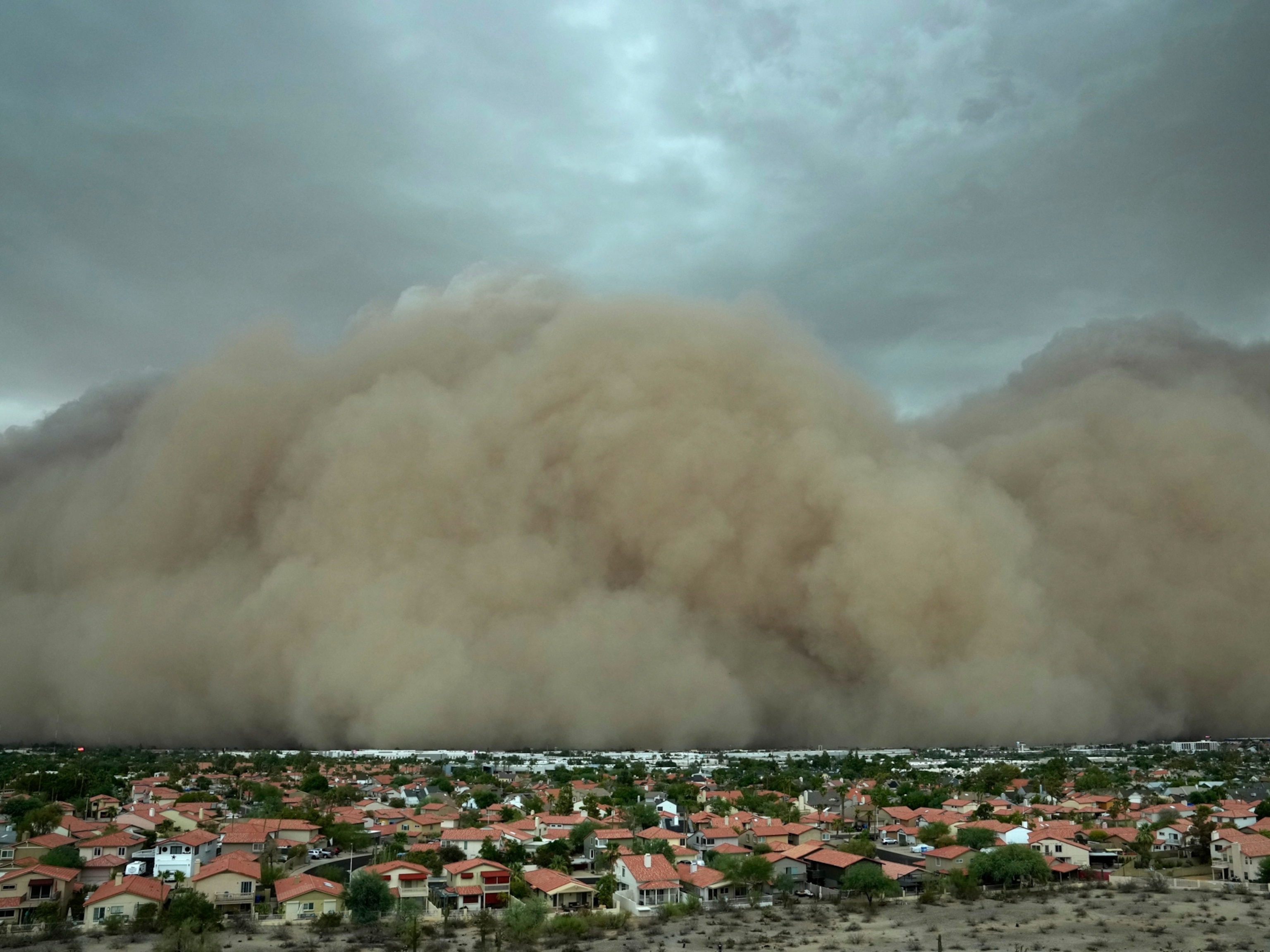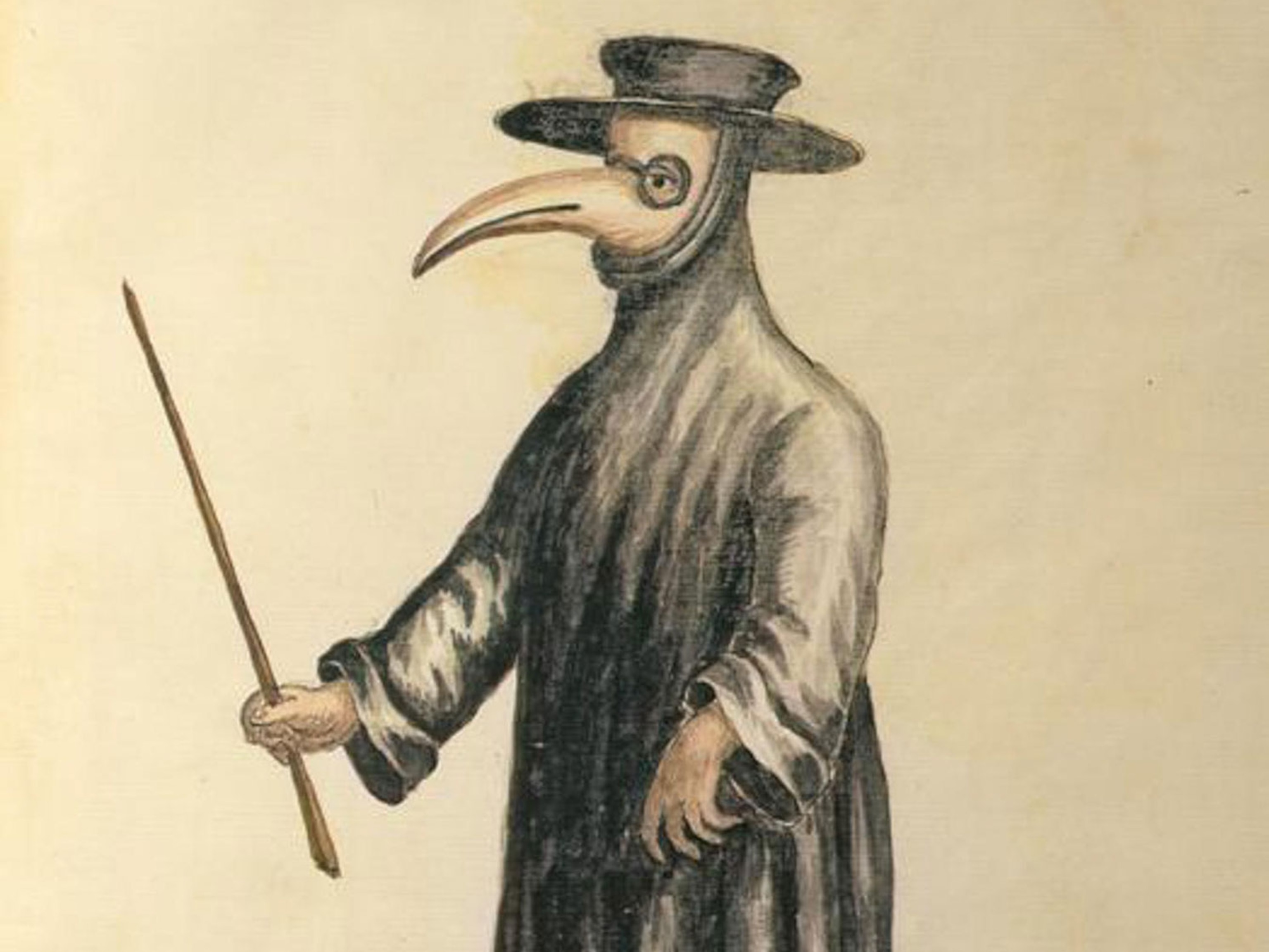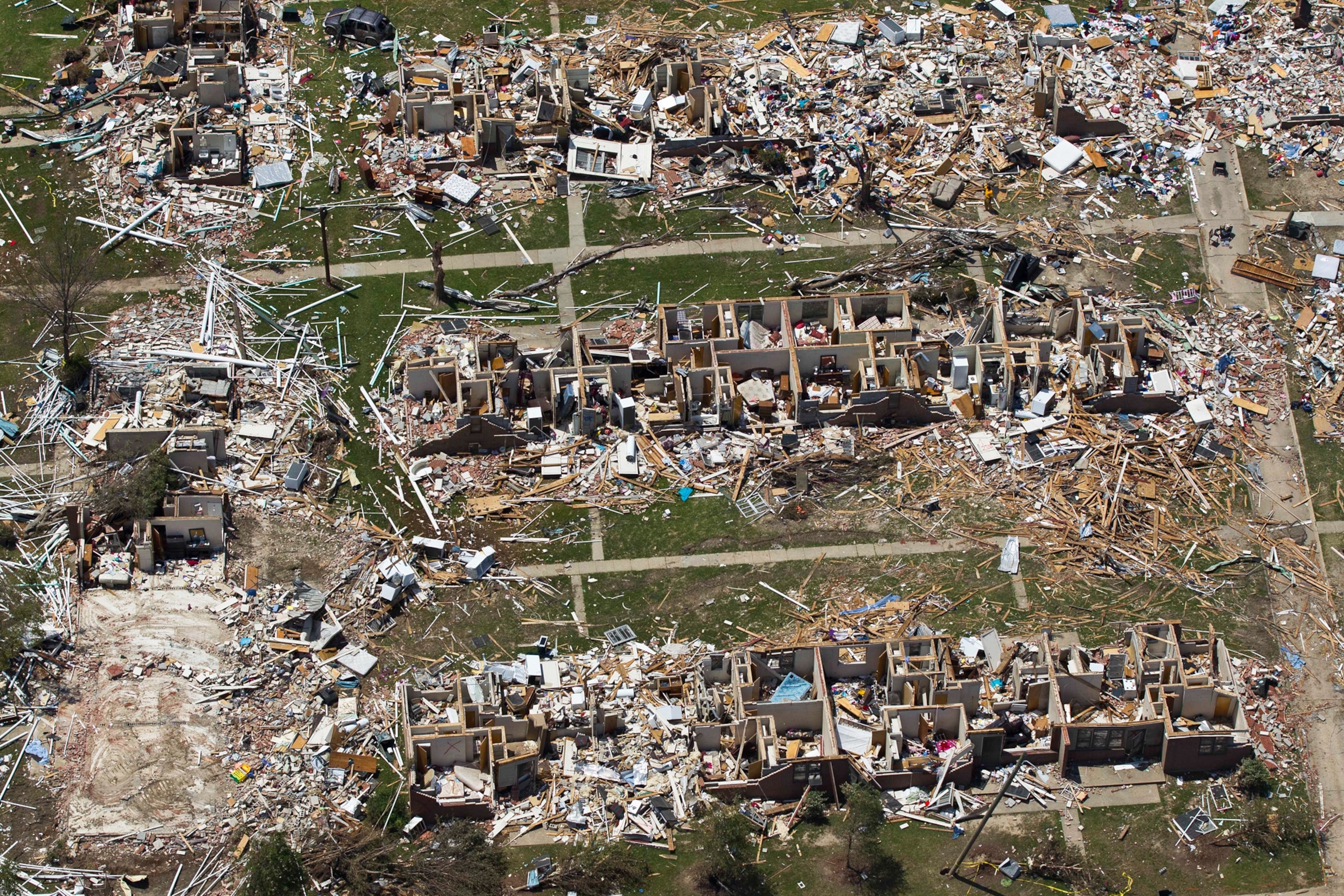
Deadliest Tornado Outbreak in Decades Was Fueled by Smoke From Land Clearing
April 2011 saw the worst day of U.S. tornadoes since 1974, and a new analysis points to fires in Central America as part of the cause.
Even experienced weather forecasters were taken aback by the ferocity of the 2011 tornado outbreak. On its worst day, April 27, more than 120 twisters touched down in the Southeast, doing $4.2 billion of damage and killing 316 people.
Now a computer simulation of the day's events suggests that smoke drifting into the United States from fires set to clear farmland in Central America helped intensify the fatal wind funnels. Researchers publishing the finding in an upcoming Geophysical Research Letters hope that meteorologists will begin to consider air pollution a risk factor when making tornado forecasts.
"I never expected to see an April like that," says Greg Carbin, a meteorologist at the the National Oceanic and Atmospheric Administration (NOAA) Storm Prediction Center in Norman, Oklahoma, who wasn't involved in the research. "Everything came together to produce an outbreak the likes of which hadn't been seen for nearly 40 years."
Smoke and other tiny airborne particles called aerosols have been linked to severe weather events before. Aerosols may quiet tropical storms and ramp up the amount of lightning dished out by thunderstorms, for instance. One study blamed human-made haze for an uptick in summer tornadoes and hailstorms, which are more common on weekdays along with exhaust-belching traffic.
Still, you won't hear about aerosols in local news coverage of storms; the science remains controversial. "There's a lot of debate in this area," says David Lerach, an atmospheric scientist at the University of North Colorado, in Greeley. "Some people think that the effects of aerosols on storms are insignificant, while others have staked their careers on it."
Even global climate change simulations struggle with aerosols, which along with clouds remain the single greatest source of uncertainty in those models.
Making a Bad Situation Worse
To pin down smoke's influence on tornadoes, Pablo Saide, an atmospheric scientist at the University of Iowa, in Iowa City, and his colleagues first turned to NASA's Aqua satellite. Its payload includes an infrared camera that in 2011 detected the heat of fires in Central America. Such fires are set every year, before the summer monsoons, to clear land for farming.
The spacecraft also measures sunlight reflected by aerosols, giving shape to the plume of smoke belched out by the fires. Estimates of the amount of smoke that reached the United States were fed into a computer simulation that included the weather conditions on April 27.
Even without any air pollution, the computer called for violent tornadoes. "We're not saying that the outbreak happened because of the smoke," says Saide. "We're saying that, given the conditions already in place, the smoke intensified the tornadoes."
Warm air rolling off plateaus in Mexico colliding with cold air from Canada had set the stage by destabilizing the atmosphere. And severe thunderstorms earlier in the season had left behind dangerous amounts of moisture.
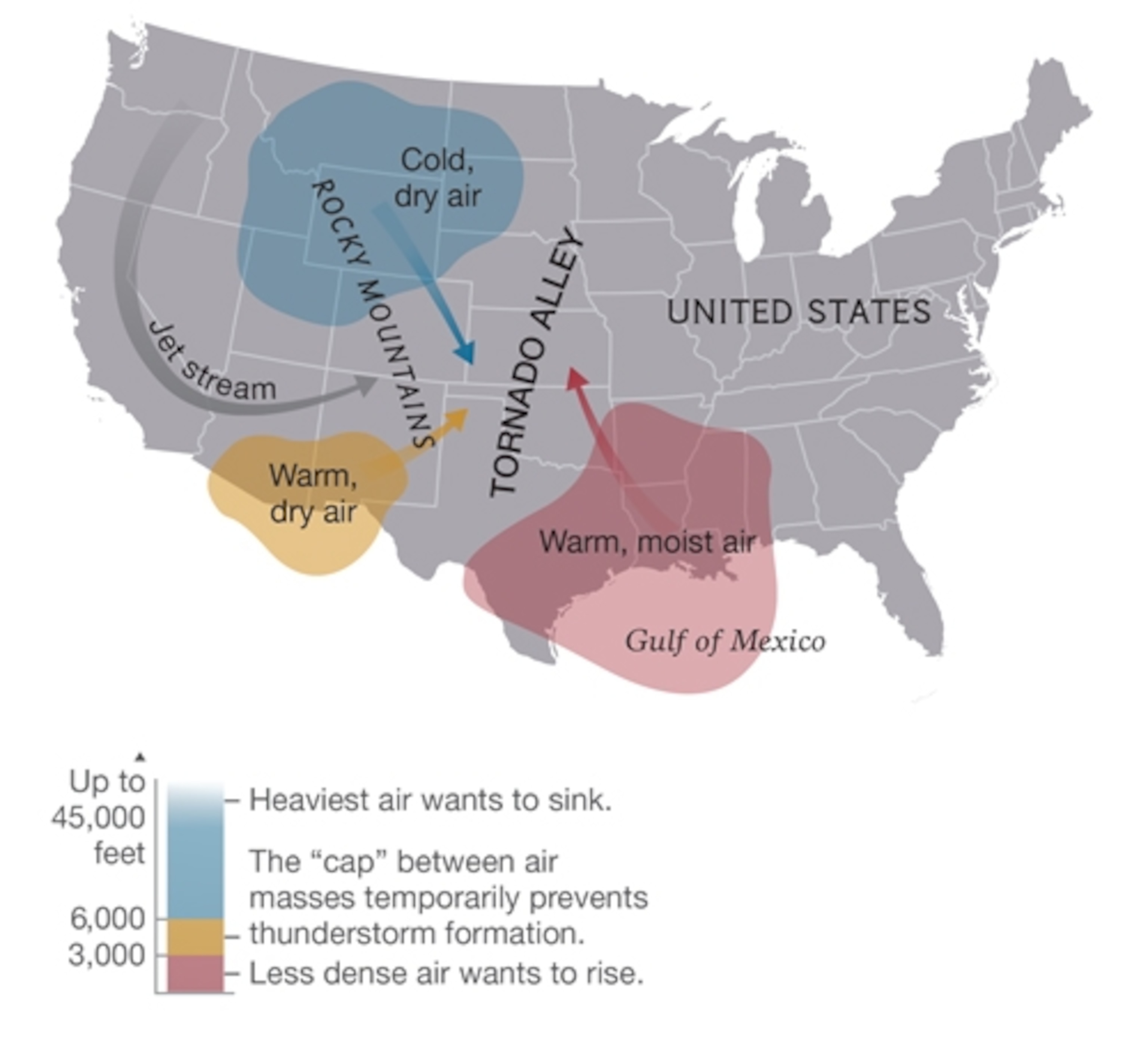
But the smoke, particularly the black soot it contained, made a bad situation worse. Like a dark car interior, soot soaks up the sun and then radiates that energy as heat. Heating the atmosphere in the simulation led to cloud formation at lower heights, which is a common risk factor for tornadoes. Winds at low altitudes also became more variable in speed and direction, setting up wind shear, also an ingredient in tornado formation.
Jun Wang, an atmospheric scientist at the University of Nebraska-Lincoln who develops tornado simulations, said that the new study provides the most comprehensive look yet at smoke's influence on tornadoes.
The new findings are only one case study, though, a peek into an usually rare and destructive event. "This case is such an outlier in so many ways, it makes it difficult for me to believe the findings," says NOAA's Carbin.

